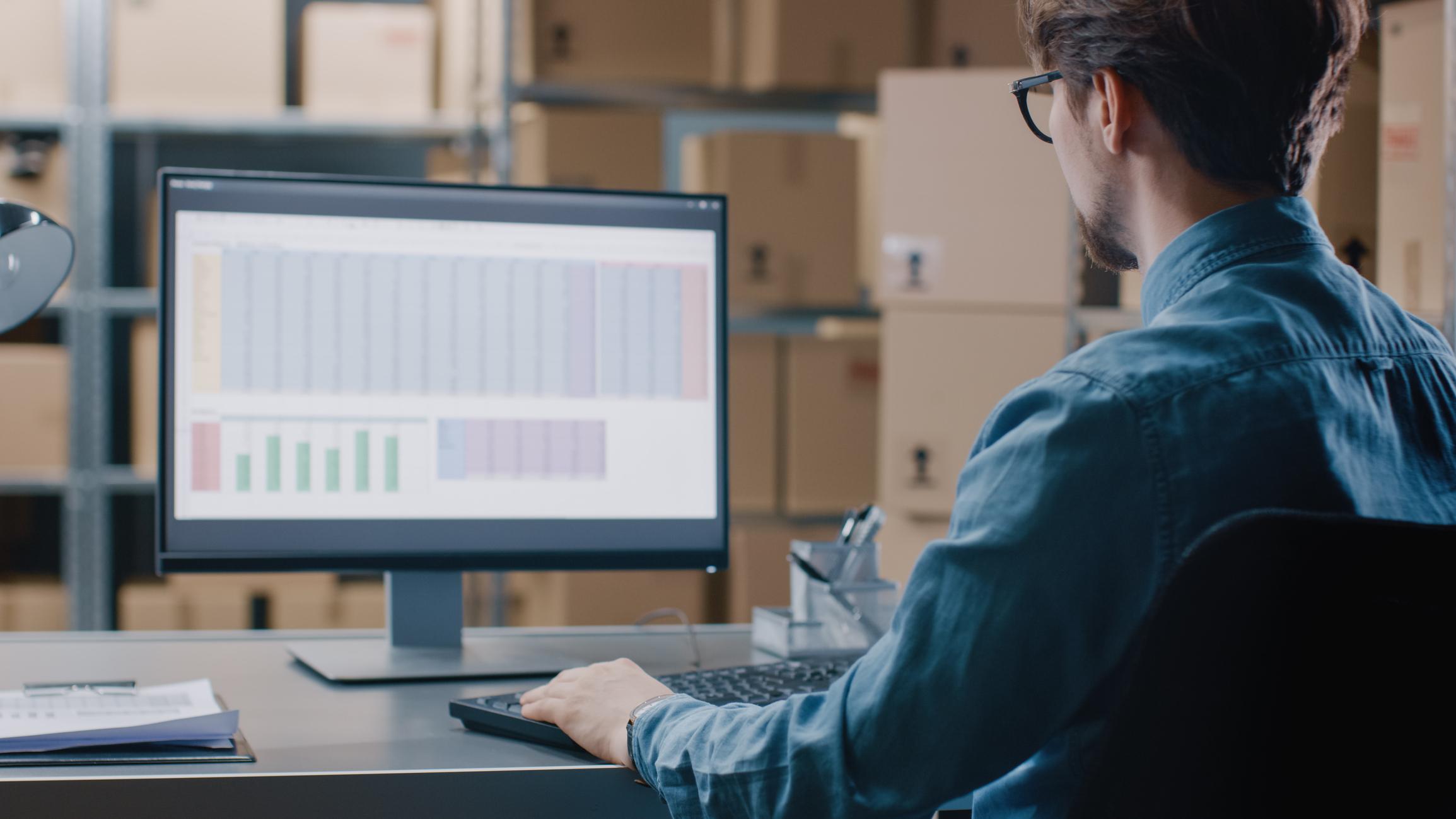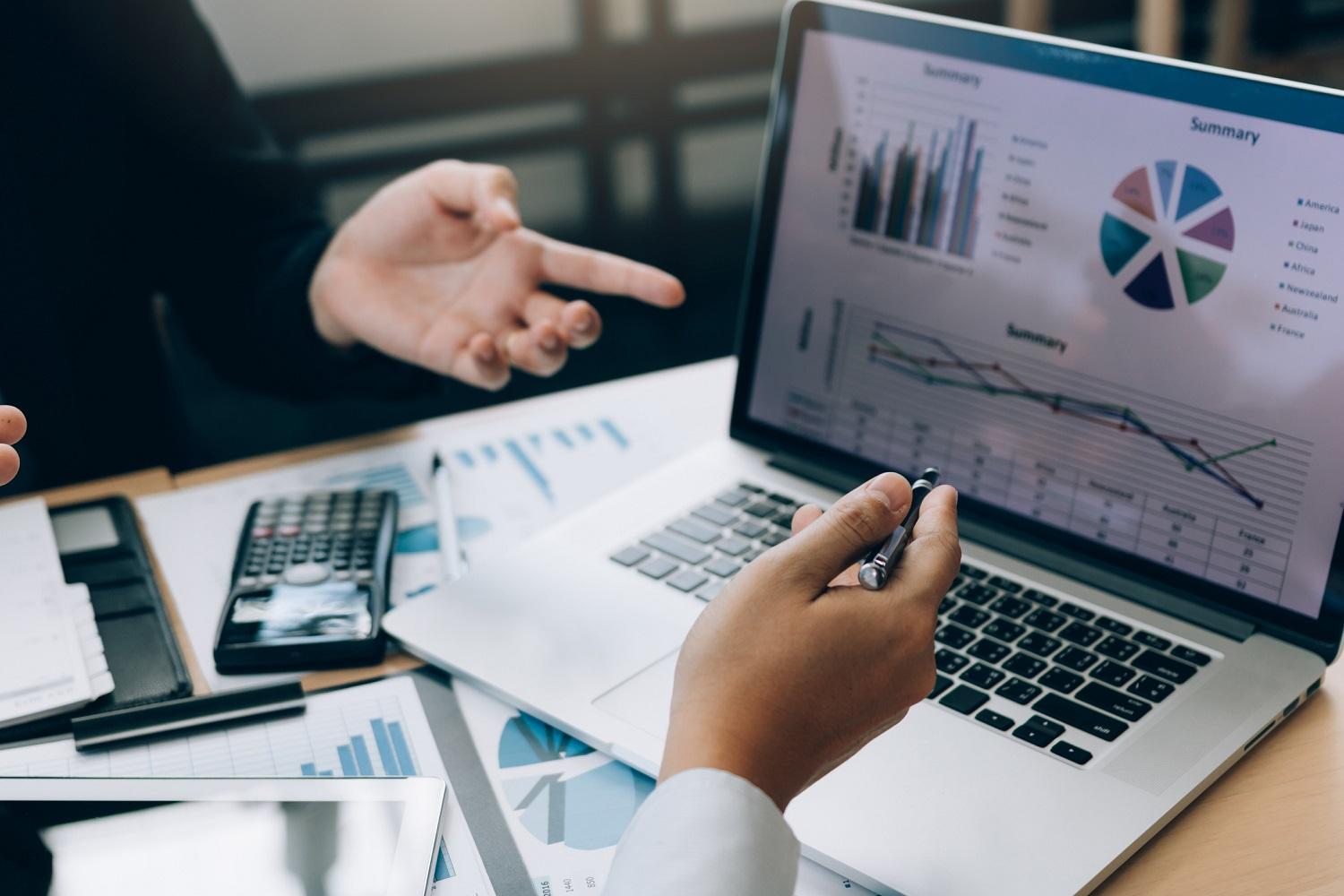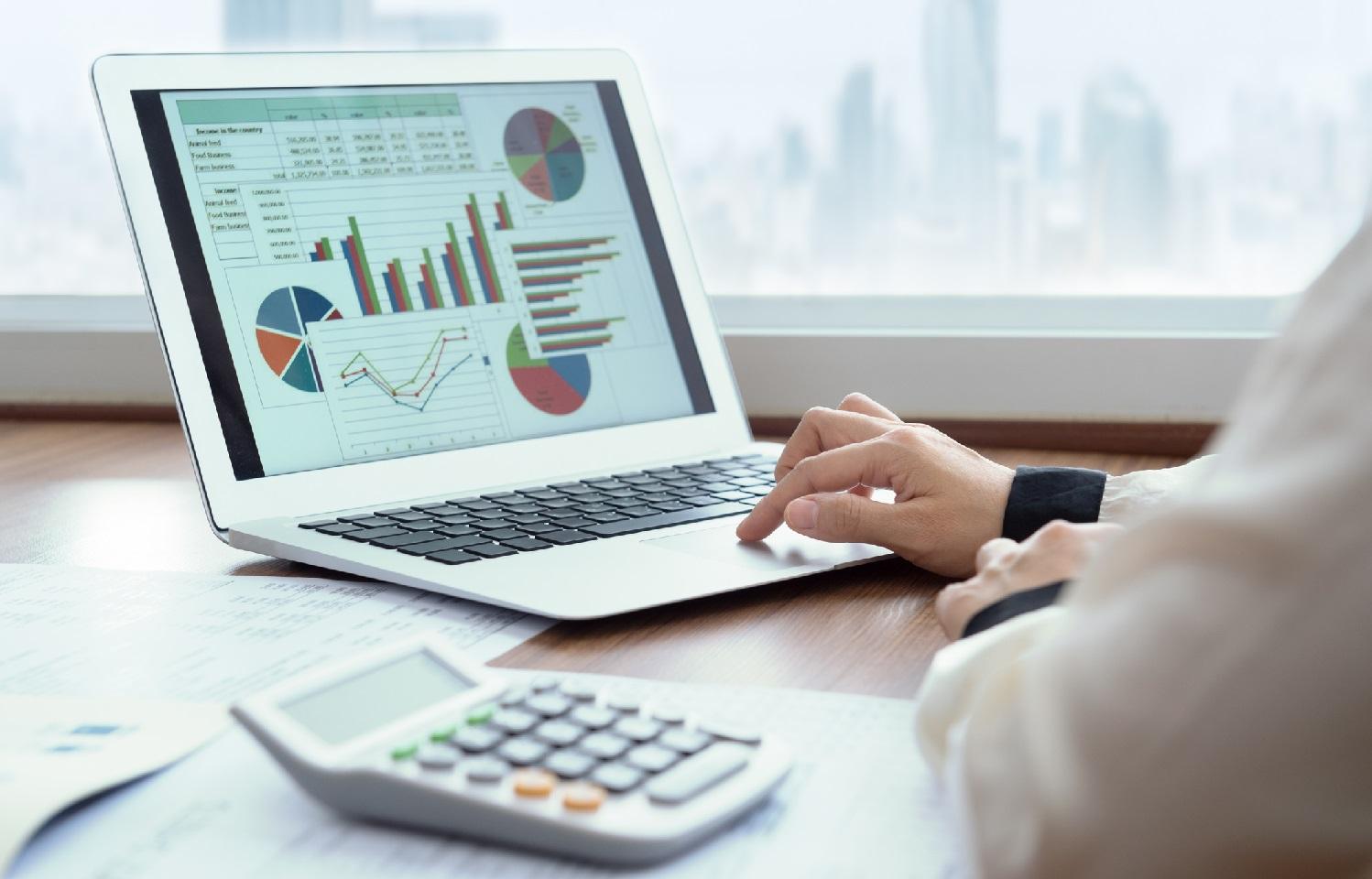MENU
Start
- Best Small Business Loans for 2024
- Businessloans.com Review
- Biz2Credit Review
- SBG Funding Review
- Rapid Finance Review
Our Recommendations
- 26 Great Business Ideas for Entrepreneurs
- Startup Costs: How Much Cash Will You Need?
- How to Get a Bank Loan for Your Small Business
- Articles of Incorporation: What New Business Owners Should Know
- How to Choose the Best Legal Structure for Your Business
Our Guides
- Business Ideas
- Business Plans
- Startup Basics
- Startup Funding
- Franchising
- Success Stories
- Entrepreneurs
Small Business Resources
Grow
- The Best Credit Card Processors of 2024
- Clover Credit Card Processing Review
- Merchant One Review
- Stax Review
Our Recommendations
- How to Conduct a Market Analysis for Your Business
- Local Marketing Strategies for Success
- Tips for Hiring a Marketing Company
- Benefits of CRM Systems
- 10 Employee Recruitment Strategies for Success
Our Guides
- Sales & Marketing
- Finances
- Your Team
- Technology
- Social Media
- Security
Small Business Resources
Lead
- Best Business Phone Systems of 2024
- The Best PEOs of 2024
- RingCentral Review
- Nextiva Review
- Ooma Review
Our Recommendations
- Guide to Developing a Training Program for New Employees
- How Does 401(k) Matching Work for Employers?
- Why You Need to Create a Fantastic Workplace Culture
- 16 Cool Job Perks That Keep Employees Happy
- 7 Project Management Styles
Our Guides
- Leadership
- Women in Business
- Managing
- Strategy
- Personal Growth
Small Business Resources
Find
- Best Accounting Software and Invoice Generators of 2024
- Best Payroll Services for 2024
- Best POS Systems for 2024
- Best CRM Software of 2024
- Best Call Centers and Answering Services for Busineses for 2024
Our Recommendations
What Is Cost Accounting?

Table of Contents
A key component of business accounting involves knowing how much you’re spending. If you don’t have a handle on your organization’s expenses, you can’t determine whether your company is making money. That’s where cost accounting comes in.
Cost accounting focuses specifically on the costs associated with running your business. Before you start practicing cost accounting, however, it’s important to understand exactly what it is, the different types of cost accounting, and the benefits of this type of financial tracking.
What is cost accounting?
Cost accounting is a method of accounting that focuses purely on a business’s costs — both fixed and variable. Using the cost accounting method, companies track all of their costs and allocate them to individual processes or units of production, thus giving managers a better understanding of the costs involved in each business activity.
Cost accounting is especially important for businesses that manufacture and sell at scale or that have diverse product lines, because these companies have many costs associated with manufacturing, packaging and distributing their goods. For these types of businesses, accounting for costs is essential for accurately calculating profit margins, as well as for budgeting, forecasting and identifying efficiencies. [Read related article: What Are Accounting Standards?]
Editor’s note: Looking for the right accounting software for your business? Fill out the below questionnaire to have our vendor partners contact you about your needs.
What is the purpose of cost accounting?
More than other types of accounting, cost accounting gives companies a comprehensive view of their expenses. Cost accounting tracks all of the costs associated with a company’s offerings and allocates them to specific products or activities. Whereas in financial accounting, costs appear as just one or two line items on a budget, cost accounting lets you break down business expenses to see exactly what is driving your costs. This can provide better insight into what you can do to cut costs and increase profits.
After all, there are only two ways for companies to make more money: grow their sales, which is partially beyond their control, or cut expenses, which they have greater control over.
What are the benefits of cost accounting?
When you use cost accounting, you understand the total costs involved in producing your products, and it can be easier to spot when vendors overcharge. These are some of the key benefits of cost accounting:
- Cost allocation: With cost accounting, managers can allocate costs by product line and per unit of production or hour of labor to see exactly where funds are going.
- Profit drivers: Cost accounting helps business owners gain a deeper understanding of their profit margin and what drives it.
- Budgeting and forecasting: Calculating costs for individual activities helps senior managers plan for future spending and forecast finances for the future.
- Cost savings: Using cost accounting, businesses may be able to identify new efficiencies to help save money.
- Quicker decisions: Cost accounting can help managers respond quickly to changes in the market, such as increases in the costs of raw materials.
- Tax deductions: Cost accounting can help business owners make sure they capture all of their tax-deductible expenses.
Types of costs
When you’re using cost accounting, it’s important to understand the different types of costs. Four of the most common categories for grouping costs are listed below, but there are additional types, such as semivariable. In addition, some costs fall into multiple categories, or they may fall into different categories depending on an individual company, its industry and how it operates.
Cost | Examples |
|---|---|
Fixed | Rent, mortgage payments and insurance |
Variable | Raw materials, supplies and packaging |
Operating | Utilities, accounting and legal services, and marketing |
Direct | Labor hours for production and distribution |
Fixed costs
Fixed costs don’t change based on a company’s level of production. These costs include items such as rent, mortgage payments and employee salaries. Fixed costs are significant because they don’t stop if managers temporarily halt production. Some fixed costs don’t stop even if a business folds.
Variable costs
A company’s variable costs are those that change based on the business’s level of activity. For manufacturing companies, for example, each additional unit of production requires the purchase of more raw materials, which, in turn, increases the business’s costs.
Variable costs are significant because they are marginal — each additional unit of production causes more costs for the company. These costs can often be lowered through bulk discounts or other measures.
Operating costs
Operating costs include the expenses involved with running a business; prime examples include marketing and utilities. Operating costs do not include costs that are tied directly to production. Operating costs can be fixed or variable, but they’re generally costs that companies need to pay to stay in business, even if they aren’t producing anything.
Direct costs
Direct costs are the expenses that a company can tie directly to the production or distribution of a particular product. For example, if you run a manufacturing business, direct costs include the labor hours for manufacturing a product, along with the costs of running equipment to manufacture that product. Direct costs are significant because they are the easiest of the four types to allocate to specific activities or product lines, though they are not usually the easiest place to find cost savings.
Types of cost accounting
There are several subtypes of cost accounting:
- Standard: This is typical cost accounting; costs for each product line are calculated based on historical experience, to be used for budgeting and forecasting.
- Activity: Costs are allocated by individual business activity (each product line).
- Lean: This is more specialized and designed to provide insights to manufacturing companies that are implementing other lean practices, like lean manufacturing and lean inventory management. It’s more conservative than other types of accounting. For example, you record only the value of inventory over time.
- Marginal: Marginal cost accounting considers the variable cost for a specific product. Whereas other types of cost accounting allocate a portion of fixed costs to each product line, these costs are excluded in marginal cost accounting. It assumes that fixed costs have to be paid regardless of whether a business takes on a certain activity, so they aren’t allocated to specific activities.
Each of these methods is used by different types of companies or for various purposes. For example, lean cost accounting is ideal for manufacturing businesses that are implementing other lean practices.
What is the difference between cost accounting and financial accounting?
Cost accounting focuses purely on a business’s costs, while financial accounting combines this information with other items — like business liabilities, revenue and shareholder equity — to provide a comprehensive look at a company’s finances.
Both cost accounting and financial accounting are used to track elements of a business’s finances. This information helps guide a company’s strategy, including informed decision-making. However, while cost accounting focuses on tracking costs and allocating those costs to specific offerings or activities, financial accounting tracks all aspects of a company’s finances.
Financial accounting includes cost accounting, as well as other elements — such as income, liabilities and equity — which it combines to provide comprehensive accounting reports and insight into the organization’s financial circumstances and future prospects.
Best accounting software for cost accounting
One of the best ways to stay on top of your cost accounting tasks is to use high-quality accounting software. Here are some of our picks for the best accounting software for managing all of your business costs.
- Intuit QuickBooks Online: Keeping track of your costs is easy with QuickBooks Online’s expense-tracking features. Create custom rules for organizing your expenses, including which costs are and aren’t tax deductible. QuickBooks also saves you time by suggesting payees when you enter an expense. Read our full QuickBooks Online accounting software review for more details.
- Xero: Planning ahead is simple with Xero’s user-friendly dashboard, which allows you to see both current and projected expenses. This platform also streamlines cost accounting for specific projects, with specialized project management features. Learn more in our Xero accounting software review.
- FreshBooks: This software’s extensive expense management features are well suited for cost accounting practices. For example, FreshBooks’ reconciliation suite is known for its accurate expense categorization. You can also give your accountant full access to your expenses and invoices so you don’t have to do extra work during tax season. Find out about the tools this solution offers in our FreshBooks accounting software review.
Cost accounting gives you an in-depth look at your expenses
Cost accounting is one of the most effective ways to manage your business expenses. By helping you spot overcharges and inefficiencies early on, as well as forecast costs and profits, cost accounting gives you the full picture of how much it costs to run your organization and how your enterprise makes money. If you want a clear view of your spending, it all starts with understanding the ins and outs of cost accounting.
Natalie Hamingson contributed to this article.














